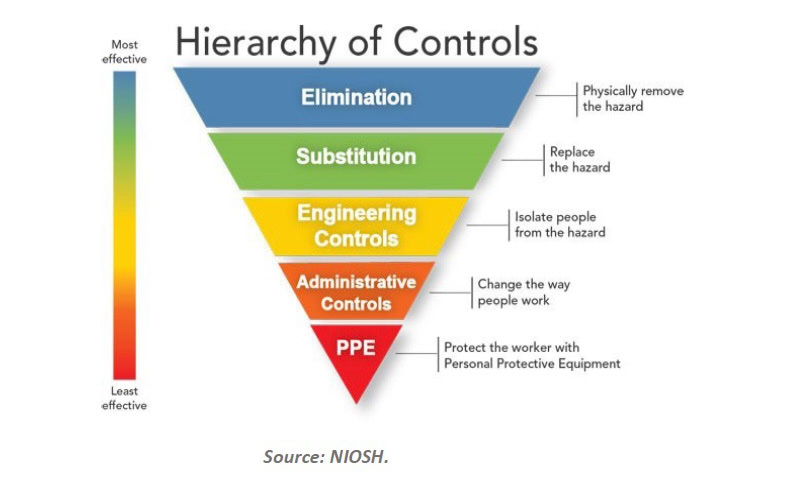Bluetooth is a new standard developed by a group of electronics manufacturers that will allow certain electronic equipment to make its own connections, without wires, cables, or any direct action from a user. Bluetooth is intended to be a standard that works at two levels:Bluetooth is intended to get around the problems that come with both infrared and cable synchronizing systems.
|
Bluetooth is a new standard developed by a group of electronics manufacturers that will allow certain electronic equipment to make its own connections, without wires, cables, or any direct action from a user. Bluetooth is intended to be a standard that works at two levels:
-
It provides agreement at the physical level, because Bluetooth is a radio-frequency standard.
-
It also provides agreement at the next level, which relates to data transmission protocol.
-
Bluetooth is intended to get around the problems that come with both infrared and cable synchronizing systems. The hardware vendors, which include Siemens, Intel, Toshiba, Motorola, and Ericsson, have developed a specification for a small radio module to be built into selected equipment. From the user’s perspective, there are three important features to Bluetooth:
-
It’s wireless. You won’t have to run wiring to attach your components.
-
It’s inexpensive.
-
You don’t have to think about it. Bluetooth doesn’t require you to do anything special to make it work. The devices find one another and communicate without user input.
-
Bluetooth communicates on a frequency of 2.45-gHz, which has been set aside by international agreement for the use of industrial, scientific, and medical devices (ISM). Making sure that Bluetooth and these other devices don’t interfere with one another has been a crucial part of the design process.
Avoiding interference
One way Bluetooth devices avoid interfering with other systems is by sending signals of only 1-mW. This relatively low power limits the range of a Bluetooth device to about 10 meters, minimizing the chances of interference among devices.
It’s unlikely that several devices will be on the same frequency at the same time, because Bluetooth uses a technique called spread-spectrum frequency hopping. In this technique, a device uses 79 individual randomly chosen, regularly changing frequencies within a designated range. Bluetooth transmitters change frequencies 1600 times per sec, meaning that more devices can use a limited slice of the radio spectrum. Since every Bluetooth transmitter uses spread-spectrum transmitting automatically, it’s unlikely that two transmitters will be on the same frequency at the same time.
When Bluetooth-capable devices are within range of one another, communication determines whether they have data to share or whether one needs to control the other. Then the devices form a network. Bluetooth systems create a personal area network (PAN) or “piconet.” Once a piconet is established, the members randomly hop frequencies in unison so they stay in touch with one another and avoid other piconets that may be operating nearby.
Since each network is changing the frequency of its operation thousands of times a second, it’s unlikely that any two networks will be on the same frequency at the same time. If it turns out that they are, the resulting confusion occurs for only a fraction of a second. Software is designed to correct for such errors; it weeds out the confusing information and gets on with the network’s business.
Most of the time, a network or communications method either works in one direction at a time — called asynchronous communication, or in both directions simultaneously — called synchronous communication. Bluetooth can be either synchronous or asynchronous. It can send data at more than 64 Kbits/sec in a synchronous link. If a particular use calls for an asynchronous link, Bluetooth can transmit up to 721 Kbits/sec in one direction, with 57.6 Kbits/sec in the other. If the use calls for the same speed in both directions, a link with 432.6-Kbits/sec capacity in each direction can be made.
Details
Here are some other details regarding Bluetooth:
-
The devices in a piconet share a common 1-Mbits/sec communication data channel.
-
Each channel is divided into time slots 625
-
A piconet has a master and up to seven slaves.
-
There are currently two types of data transfer between devices: synchronous connection oriented (SCO) and asynchronous connectionless links (ACL).
-
Masters can support up to three SCO links with up to three slaves.
-
ACL is point-to-point (master to one slave) or broadcast to all the slaves.
-
ACL slaves can only transmit when requested by master.
-
-
-



